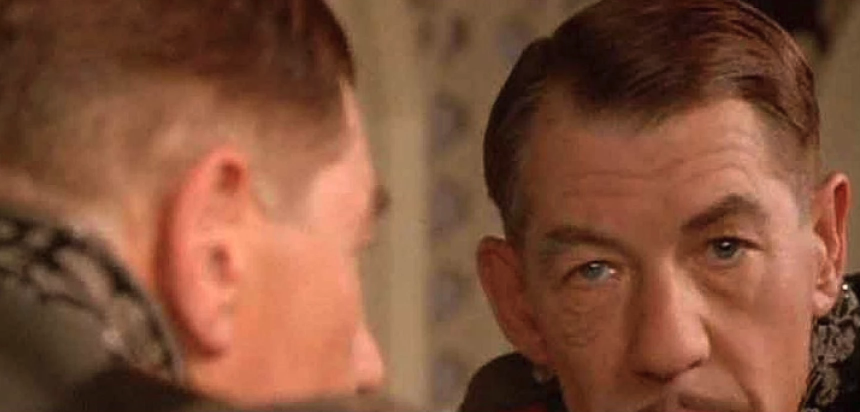Shots can be classified by implied proximity, the implied—not physical—distance between the camera and the subject. Modern cameras need not be physically close to a subject to produce a close-up shot. Shots can also be described based on the roles they play in a sequence. An establishing shot could involve aerial views of a city, for instance.
The camera angle, the level and height of the camera, is an important tool to express the mood or convey a character’s standing or situation. In terms of the height, there are eye-level shots, high-angle and low-angle shots (when the camera is placed above or below eye level), Dutch (tilted) angle, and overhead or aerial bird’s-eye view shots.
How, how fast, and where the camera moves determines the angles and shots it will produce. Camerawork includes both the aforementioned framing and the movement of camera which creates the illusion of depth (film is a two-dimensional photographic medium).
Framing—the use of the camera’s viewfinder—is essential to the distinction between, and the fusion of, the offscreen space beyond what the camera can “see” and the scene on screen (what film audiences see). Shots, composition, and mise-en-scène are informed and dictated by the coexistence of on- and off-screen spaces.
Is a picture worth a thousand words? Sometimes. Films often show, rather than narrate, characters’ thoughts and sudden realization. Filmmakers use mise-en-scène and cinematography to visualize the non-verbal elements of narratives.
For various purposes the cinematography may call attention to itself. Metacinema refers to films that allude to itself or to the cinematic conventions. It is a self-referential act. When cinematographic elements become noticeable, when characters break the fourth wall to address the film audiences, metacinema occurs.






